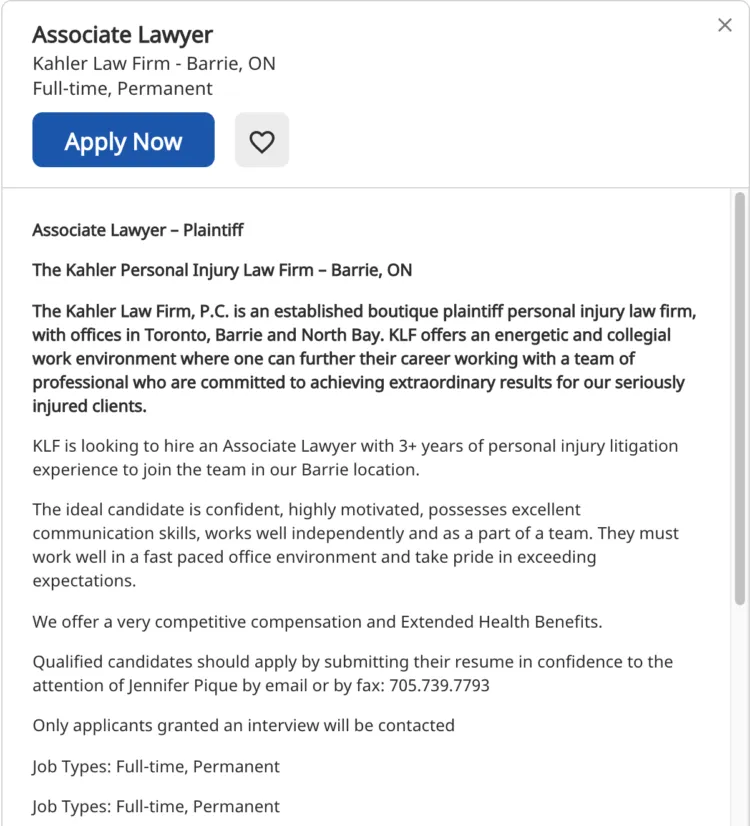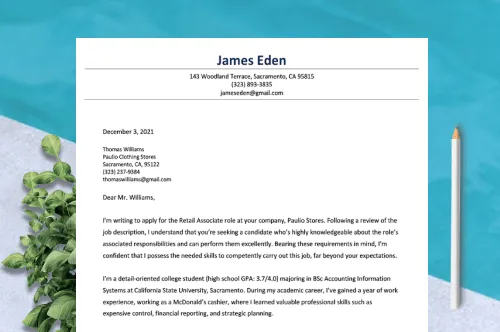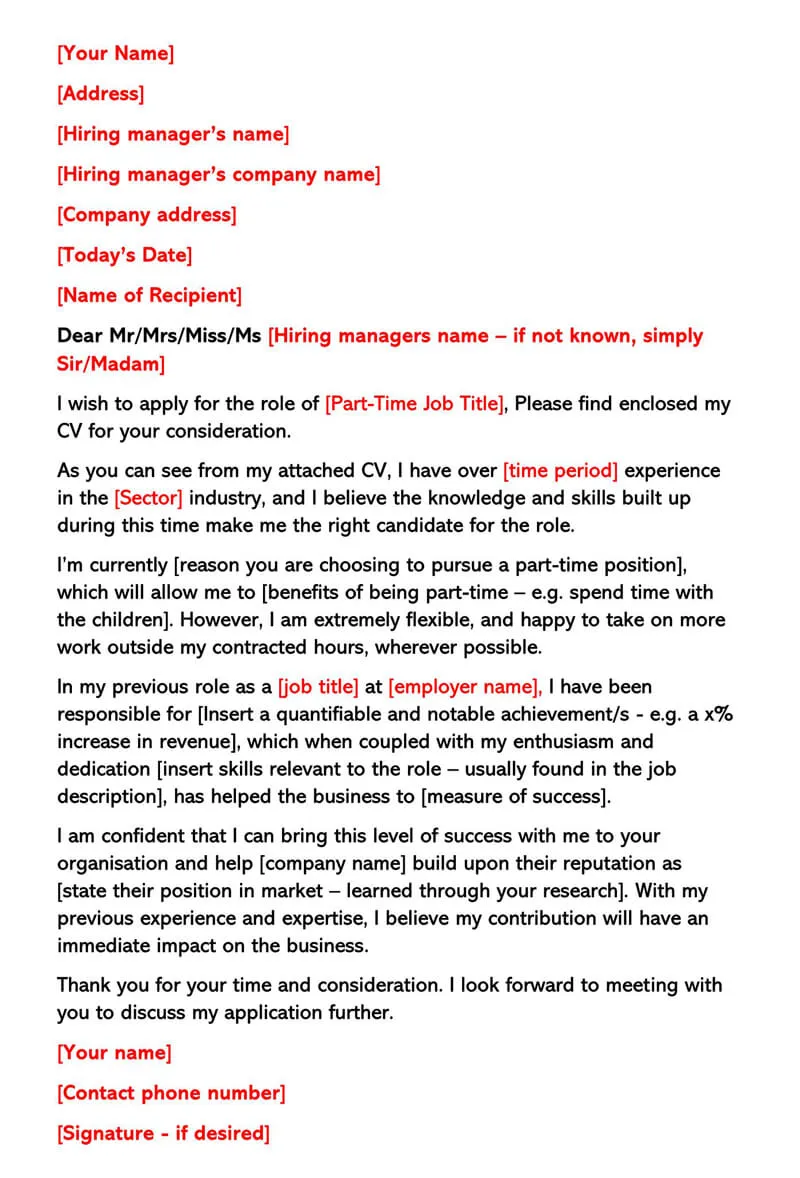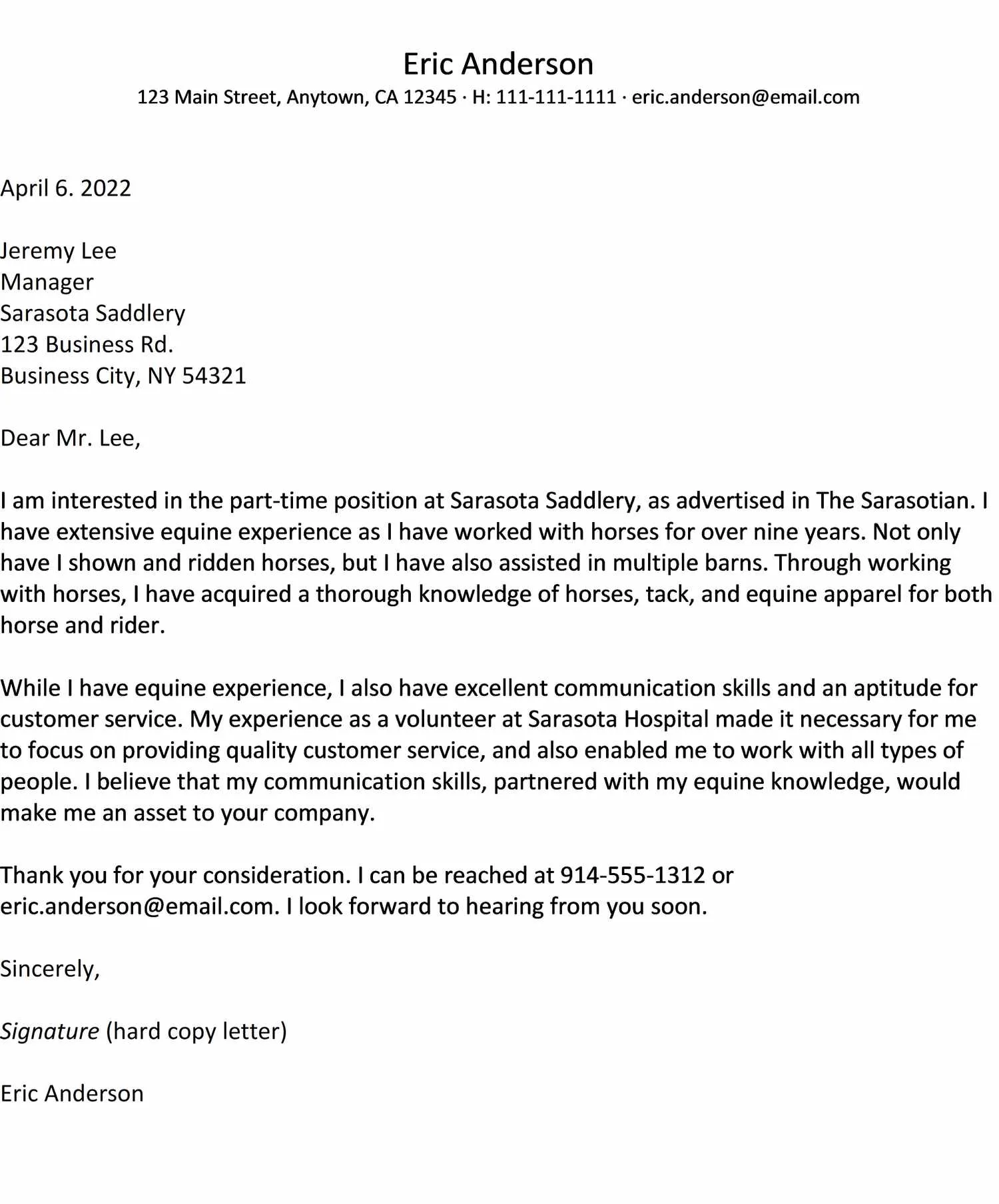Securing a part-time job can be a great way to earn extra income, gain valuable experience, or fit work around other commitments. A well-crafted cover letter is your first chance to make a positive impression on potential employers. This guide reveals the secrets to writing a cover letter that stands out, highlighting your skills, experience, and suitability for the role. Learn how to craft a compelling letter that showcases your potential and increases your chances of landing that part-time position.
Highlighting Your Skills for Part-Time Work
The key to a successful part-time cover letter is emphasizing the skills you possess that align with the job requirements. Even if you lack direct experience, focus on transferable skills that demonstrate your ability to perform the job effectively. Part-time employers often prioritize candidates who can quickly adapt, learn, and contribute to their team. Showcasing these abilities is crucial for making a strong first impression and capturing their interest in your application. By focusing on what you bring to the table, you’ll make yourself a more attractive candidate.
Identify Your Key Skills
Begin by carefully analyzing the job description to identify the skills the employer is seeking. Are they looking for someone with strong communication skills, organizational abilities, or customer service experience? Make a list of these key skills. Then, reflect on your own abilities and identify the skills you possess that match the job requirements. Don’t be afraid to highlight both hard skills (technical abilities) and soft skills (interpersonal and professional traits). Be specific and provide examples of how you’ve utilized these skills in the past.
Transferable Skills from Other Experiences

If you lack direct experience in the field, focus on transferable skills gained from other jobs, volunteer work, or academic pursuits. Skills like time management, teamwork, problem-solving, and adaptability are valuable in any workplace. Describe how you’ve used these skills in various contexts. For example, if you’ve managed multiple assignments while in school, emphasize your organizational and time-management skills. If you’ve volunteered, highlight your teamwork, communication, and customer service abilities. Demonstrating the relevance of your skills will help bridge the gap between your experience and the job requirements.
Showcase Your Relevant Experience
While transferable skills are important, showcasing relevant experience can significantly boost your application. Even if your experience is limited, provide specific examples of your accomplishments and responsibilities. Use the STAR method (Situation, Task, Action, Result) to structure your descriptions. Briefly describe the situation, the task you were assigned, the actions you took, and the positive results you achieved. This method allows you to provide concrete evidence of your skills and abilities, making your application more persuasive and memorable.
Tailoring Your Letter to the Job Description
Personalizing your cover letter for each job application is essential. Read the job description carefully and tailor your letter to address the specific requirements and qualifications mentioned. Demonstrate that you understand the role and the company’s needs. Highlight how your skills and experience align with the employer’s expectations. Use keywords and phrases from the job description to show that you are a good fit. Generic cover letters that lack personalization are less likely to make a positive impression. Take the time to customize each letter to maximize your chances of success.
Quantifying Achievements

Whenever possible, quantify your achievements to demonstrate your impact. Instead of saying you improved customer service, state that you increased customer satisfaction scores by a specific percentage. If you handled sales, mention the number of sales you closed or the revenue you generated. Providing concrete numbers and metrics gives employers a clear understanding of your capabilities and the value you can bring to their organization. Quantifiable results make your application more compelling and demonstrate your ability to achieve tangible outcomes.
Formatting Your Cover Letter for Impact
The format and presentation of your cover letter are just as important as the content. A well-formatted letter is easy to read and creates a professional impression. Pay attention to the layout, font, and overall appearance of your letter. Ensure the format is consistent with your resume. Keep the formatting clean and simple, with clear headings and spacing. Avoid clutter and make sure the letter is visually appealing. A well-formatted cover letter demonstrates attention to detail and professionalism, increasing your chances of being taken seriously.
Header and Contact Information
Start your cover letter with a professional header that includes your name, contact information (phone number and email address), and the date. If you know the hiring manager’s name, address the letter to them directly. If not, use a generic salutation such as “Dear Hiring Manager.” Make sure your contact information is accurate and up-to-date. Use a professional email address, and double-check your phone number before submitting the application. Proper header and contact information ensure that the employer can easily reach you.
Body Paragraphs Structure

The body of your cover letter should consist of three to four paragraphs. The first paragraph should state the position you are applying for and where you found the job listing. The second and third paragraphs should highlight your relevant skills, experience, and accomplishments. Use specific examples to support your claims. The final paragraph should summarize your interest in the position and reiterate your enthusiasm for the opportunity. Keep the tone professional and enthusiastic throughout. Organize your thoughts logically and make sure your letter flows well.
The Closing and Call to Action
Conclude your cover letter with a strong call to action. Express your interest in an interview and thank the employer for their time and consideration. Reiterate your contact information and mention your availability. A clear call to action encourages the employer to take the next step in the hiring process. Use a professional closing, such as “Sincerely” or “Best regards,” followed by your name. Proofread your closing carefully to ensure it is free of errors.
Proofreading and Editing Your Letter
Before submitting your cover letter, proofread it carefully for any errors in grammar, spelling, and punctuation. Typos and grammatical errors can damage your credibility and create a negative impression. Read the letter aloud to catch any awkward phrasing or sentence structure. Consider having a friend, family member, or career counselor review your letter for feedback. A well-proofread and edited cover letter demonstrates attention to detail and professionalism, increasing your chances of being hired.
Writing a compelling part-time cover letter is an essential step in your job search. By focusing on your skills, showcasing relevant experience, tailoring your letter, and formatting it effectively, you can make a lasting impression on potential employers. Remember to proofread your letter carefully before submitting it. By following these secrets, you’ll significantly increase your chances of landing a part-time job that suits your needs and goals. Good luck with your job search!
